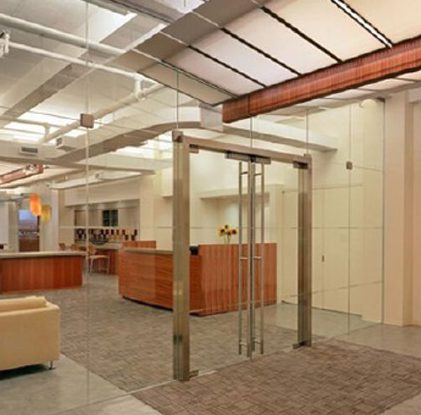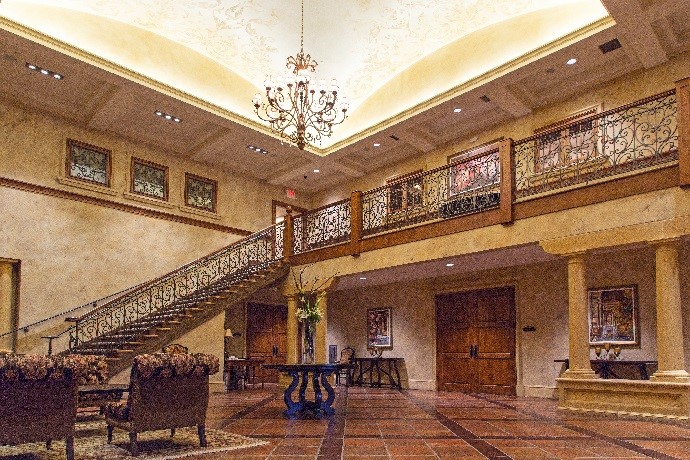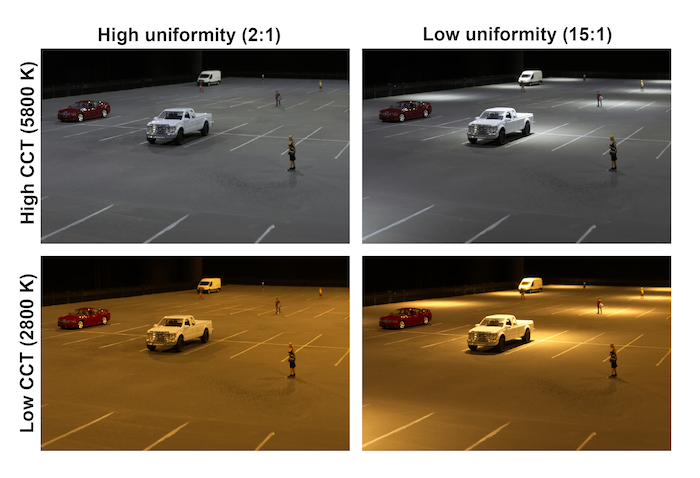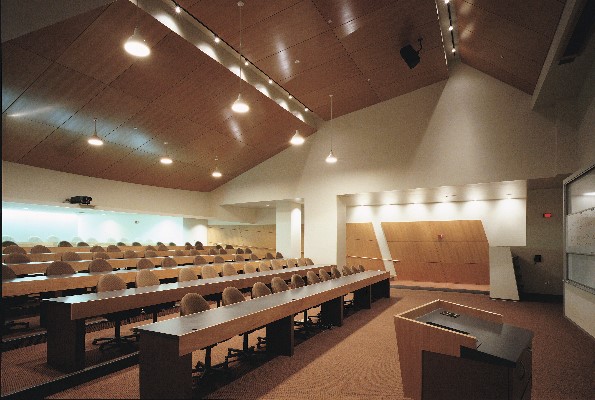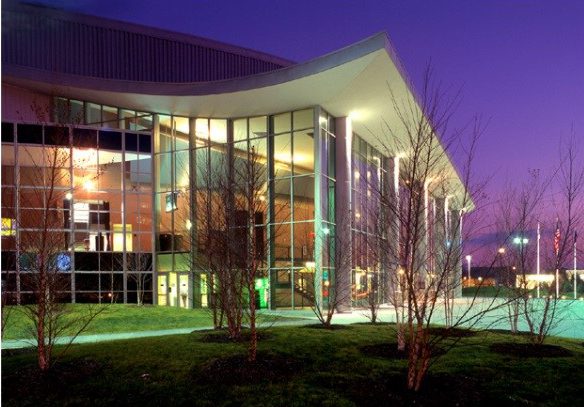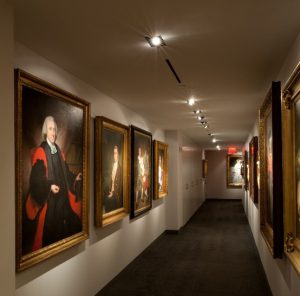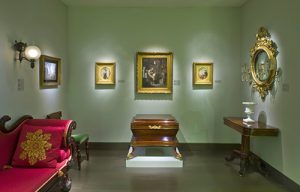When an owner ventures into the building or renovation of a space they rely on an architects vast knowledge and expertise to help them with the design process. This blog will go into the reasons why it is equally as beneficial to have an architectural lighting designer, and explain the complexities of their importance. Just like an architect, a lighting designer needs to have an understanding of the desired style and functionality of the space, as well as what the owners needs entail. Once these things are determined, the lighting designer will better be able to determine the lighting styles, color interaction, and the use of shadowing, contrast and aiming needs in order to present a coherent design that will match the style of the architect.
Styles
The lighting designer is trained to put aside their own personal style preference and create an aesthetically pleasing environment for the owner. Various styles that an owner might want can range from rustic log-cabin, renaissance, contemporary, and retro, just to name a few. If the lighting designer is not already familiar with the design style of the owners choosing, they will research and become well versed with that style.
Color Interaction
A lighting designer has a strong understanding of the way colors interact with each other. When light hits the surface of an object the primary color of the object reflects back the spectrum color. If the owner wants a very warm lighting effect, but all of the colors in the room are a cooler color, the color appearance will be ‘muted, lacking vibrancy’ since the warm color spectrum has a very low presence. The lighting designer has the training and knowledge to explain to the owner that the colors will appear ‘muddy’ and not vibrant. The lighting designer also understands different color temperatures of various types of lamps as, Color Rendering Index (CRI), which is critical in specifying lamp colors.
The lighting designer also has knowledge of the emotional and psychological effects of different colors.
Light, Shadow, Contrast, and Aiming
An owner may say, ”I want the room very bright”, however, without the lighting designers’ expertise this could lead to over illuminating a space. The lighting designer has a strong understanding of the need for contrast. If the room is brightly illuminated all the surfaces will blend together giving a confusing look to the area, lacking any focal point. A lighting designer has the skill to understand what areas to highlight and where shadows would create the best effect. Contrast in the environment will add interest and give depth and dimension.
PROVIDING CONTRAST AND INTEREST.
When the lighting designer places an adjustable lighting fixture in a location, the aiming of the fixture is critical. A lighting designer understands the complexity of the fixture and the beam spread of the fixture. They will know where to aim the center of the beam to provide an optimal lighting effect. The lighting designer is able to aim the lighting exactly as designed. If the fixture is a framing projector, or has the ability to refocus from sharp to diffused beam spread, the lighting designer is able to adjust the light accordingly.
Products and Knowledge of Fixture Quality
An experienced lighting designer has dealt with many different lighting manufacturers and products, so has an in-depth understanding of fixture quality. They are able to provide the owner with quality fixture options that offer premium performance while being cost conscious so the owner does not feel like they have to settle on sub-par fixtures based solely on their low cost. They can help with the fixture cost while maintaining the most important aspect of quality and performance of the fixtures. Although lighting designers compete for the same projects, they also recognize the importance of networking with other lighting designers to share their knowledge and expertise. This benefits owners, because they get more product options and knowledge, in order to meet the needs of the project.
Dealing with Sales Reps, Manufacturers, Contractors and Delivery
With years of experience comes the added benefit of establishing connections and relationships with lighting manufacturers and sales representatives. These connections enable the lighting designer to expedite any problems that may arise, such as, the wrong fixtures or damaged fixtures being delivered and orders missing or late. Knowing the lighting designer can handle all of these issues allows the owner to focus their attention on other areas of the job.
Installation
During installation there are usually questions from the contractor needing guidance on the installation of a style of lighting fixture that they may have never installed previously. There are times when a change has occurred, in the field, during construction that now affects the installation of the lighting. The in-depth understanding a lighting designer has about lighting fixtures enables them to troubleshoot many different issues during installation.
Conclusion
Lighting Design can be very complex. There is a vast array of knowledge, training and experience that goes into the design of different styles, lighting types, a strong understanding of color, and vision. If you are looking for a lighting designer who can offer many years of design work and a diverse design of projects, contact Light Plan Design today.


